“Is it always so intense?” I find myself uttering during therapy on a fine midsummer afternoon, as sunlight streams in from the open window.
“Not always, no. It can be intense if the client is willing to be,” replies Thurid Stewart, a Munich-based Art Therapist – and my therapist for the day.
I remain silent. My brain has calculated that it’s best not to answer that.
“When drawing pictures, we are confronting ourselves with our unconscious, and that can be intense. We can avoid our unconscious when working with words, but we don’t have that kind of censorship for drawings,” says Stewart, reading my mind.
Two hours earlier, I had sat down in her study, not knowing what to expect from art therapy. I can’t draw, and I also don’t particularly enjoy it. Yet whenever I’ve visited museums and galleries, without exception, art has had a way of speaking directly to my emotions. Considering that my emotions are these mysterious things I can’t make sense of, and which I often run from (or simply choose to numb with busyness or chocolate), I was fascinated by the idea that art could be therapeutic.
This is how I found myself in Stewart’s study, ready to discover and face my feelings. My goal for the session? To address the writer’s block that’s been plaguing my first book – a problem that, as a creative endeavour, seemed ripe for resolution through art therapy. Fire with fire, you might say.
Follow Your Movements
To begin, Stewart invites me to draw with my eyes closed. I need to choose between a pencil or a wax crayon and doodle, blindly, on a very large sheet of paper.
“Follow your movements. Your body wants to move, so let it. You can’t do anything wrong,” she says.
I go for a wax crayon in deep green – my favourite colour – and close my eyes. I have no clue what to do, so I do what I like: curly shapes. I go from one side to the other in all directions and back. My hand traces doodles that become plants, but also waves, spirals, hearts and more waves (in my mind, of course; my eyes are still closed) in mostly small but occasionally large motions.
Sometimes I just follow the movement in my body, as if I’m dancing, and truly enjoy just being in the moment. Most of the time, though, I’m thinking about the result, trying to visualise what it must look like on the page – by now, probably a lot of nonsense scribble.
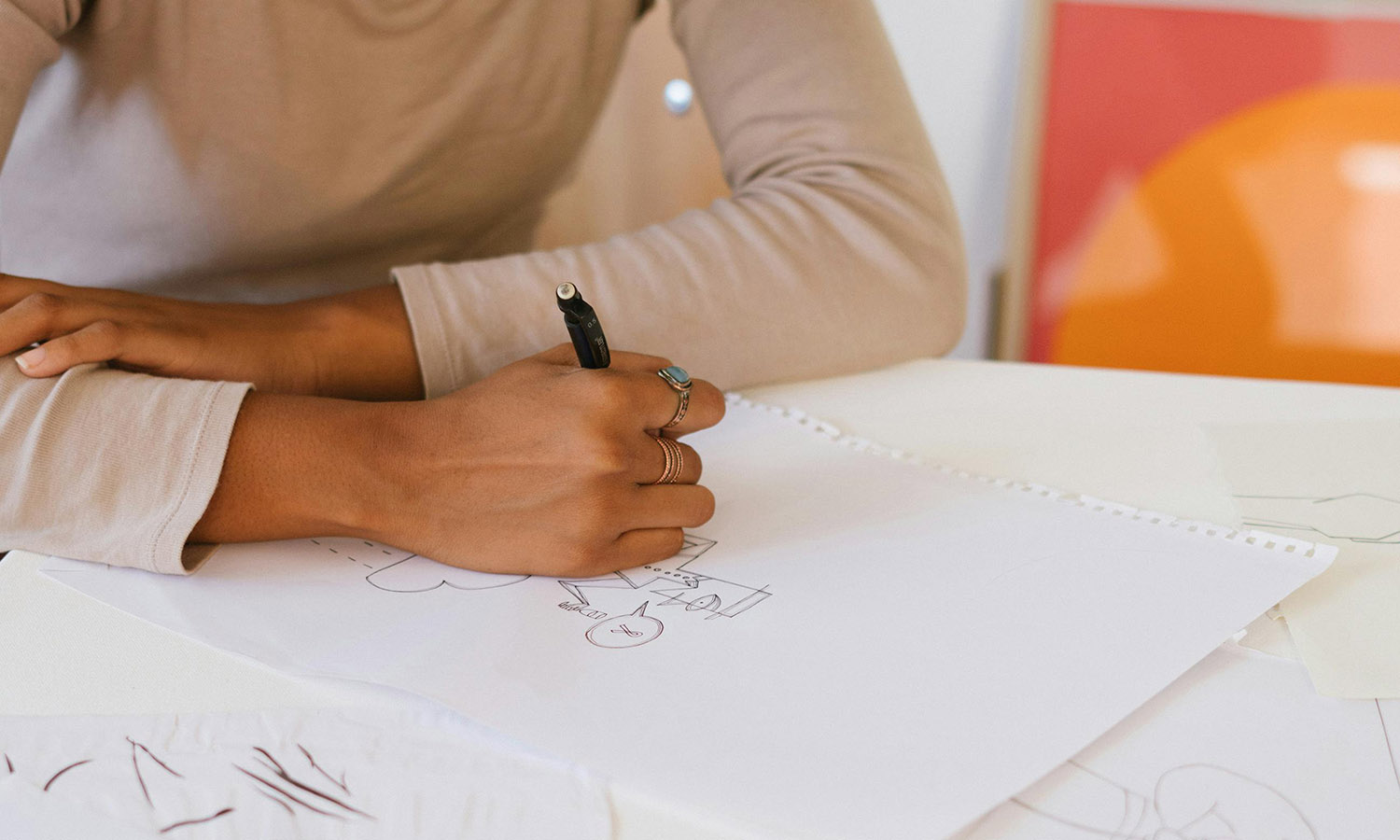
At some point, Stewart tells me to stop and open my eyes. There is a sea of green doodles on the paper, and I didn’t get even close to the borders of the page. She takes the drawing and hangs it on the wall.
“What shapes do you see?” she asks.
“Curls. I like curls. It also looks a lot like writing. There’s a spiral, hearts and a plant.”
“Great. Now let’s turn it around and look at it from another perspective.”
We do that for all four sides of my drawing. By the end, I had – among other things – discerned a face with curly hair, a spoon, some wool thread and a musical key. And waves. Big waves.
“A mentor once told me that it pays to take risks. That’s maybe why I drew the big waves,” I explain.
“Yes? Are you taking a lot of risk in your life at the moment?”
“As a matter of fact, I am.”
Stewart had meticulously noted down everything I’d seen in the drawing, and she reads it all back to me. She then asks me to choose one element as the central feature of my artwork, and then draw around it (on top of all the doodling). I go for the waves; they seem interesting.
Facing My Unconscious
Stewart explains how I can use the pastels, watercolours, watercolour crayons and regular wax crayons that are all at my disposal. Then, she tells me to draw what I like while keeping the waves as the main focus. I will need to work on this for 30 minutes.
I don’t know what to do, so I just work on the waves for a while, adding volume and strokes with the watercolour crayons to fully flesh them out. Then, I use the brush to dissolve the pigments. Once I’m done, they look nice, but the colours feel very cold, and I feel the need to add some warmth. So, I add a big orange sun.
Then I think the waves look a bit scary, so I add an island beyond them.
As I’m doing all of this, I feel childish. “This is going to be a failure,” I think, “What can possibly come of drawing waves, an orange sun and an island?”
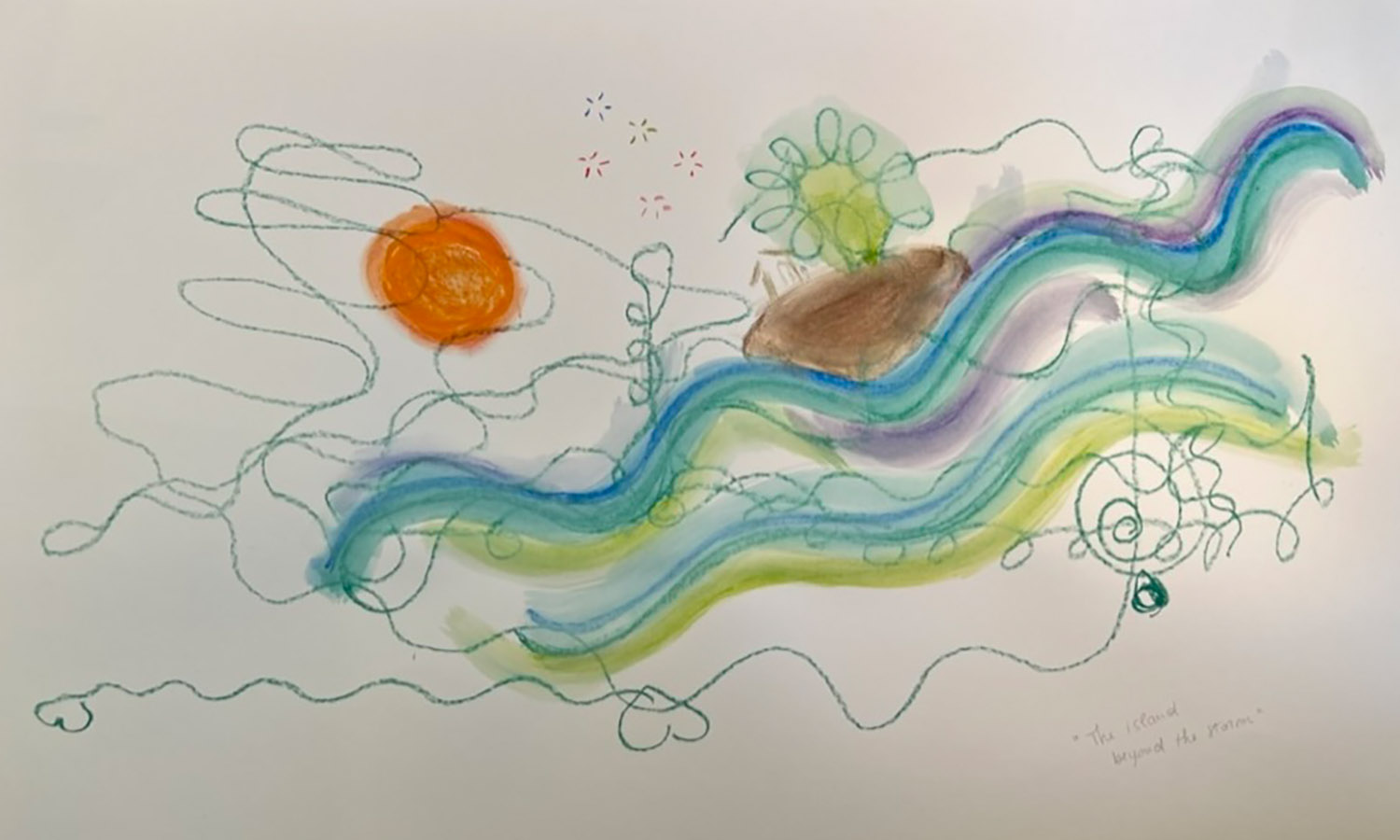
Once I’m done, Stewart asks me to give my drawing a title, and then she hangs it up on the wall again for close examination. The following is an abridged version of what happened next:
“The sun… why?” Stewart asks.
“I needed some warmth in the picture.”
“Is there something in your life that’s like that sun?” she asks.
“My partner,” I reply.
“And these waves, these risks that you’re taking…”
“They’re scary,” I answer.
“Yes, but see, there’s a big wave and a smaller, gentler wave underneath that supports it. What is it that supports you taking that risk?”
“Well, I think I can make it,” I say.
“And isn’t that wonderful? That doesn’t happen every day,” she says. “What about the island? It’s also the title of your artwork: ‘The Island Beyond the Storm’.”
“Well, the waves were looking a bit scary, so I needed some ground, some hope beyond them.”“And on the island, there is… a house?”
“The house I’d like to have, and a huge tree. I love trees. They’re so brave,” I say.
“So that’s what you long for…”
“Security,” I say. “You know, I didn’t expect to be talking about this. This is interesting.”
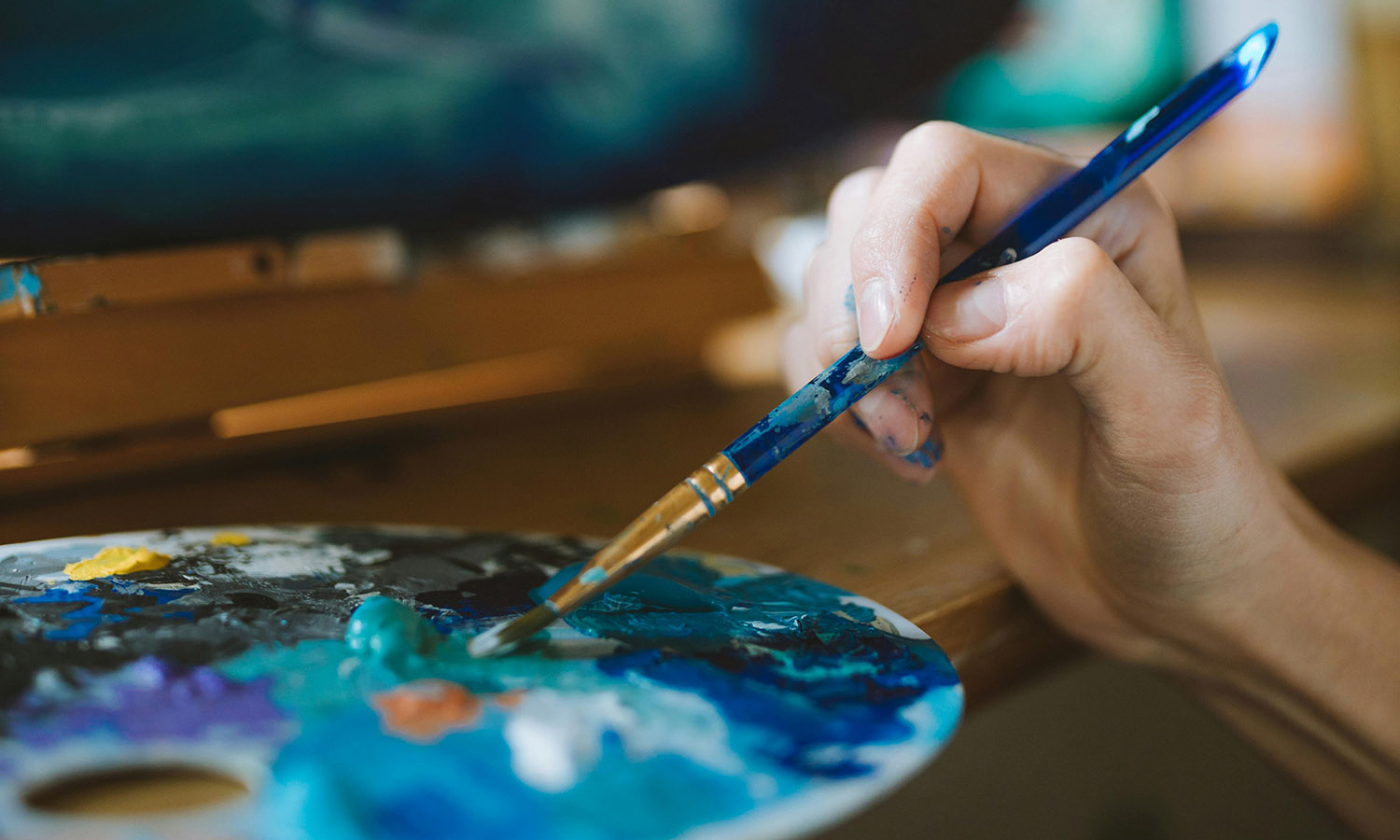
Making Sense
While I’d hoped to focus on my writer’s block, my unconscious brought up what was truly bothering me. I’m starting a company which, like any entrepreneurial venture, involves taking on risk. The mere idea terrified me for months, and now I was actually going for it.
Apparently, addressing that fear is more pressing than getting rid of my writer’s block. This unexpected outcome is what led me to ask about the intensity of these sessions.
“Some people come here because they want to develop themselves, but find that words don’t help,” says Stewart. “In art, every moment is a moment of decision.”
I can totally see that.
Our daily lives hinge on language – in the small writing, the fancy titles, the well-meaning phrases. But there’s so much in the human experience that can’t be expressed with words and which, for this reason, is often ignored.
Sometimes, these feelings, thoughts and attitudes are repressed and silenced for so long that they become foreign and unknown to us. To become whole again, we need to be aware of what’s going on, literally, inside us. Art therapy can open a window to an internal world that we’ve been neglecting and devaluing. Only by accepting and reintegrating these emotions – yes, especially fear – can we finally understand them and allow ourselves to move on and evolve as a person.

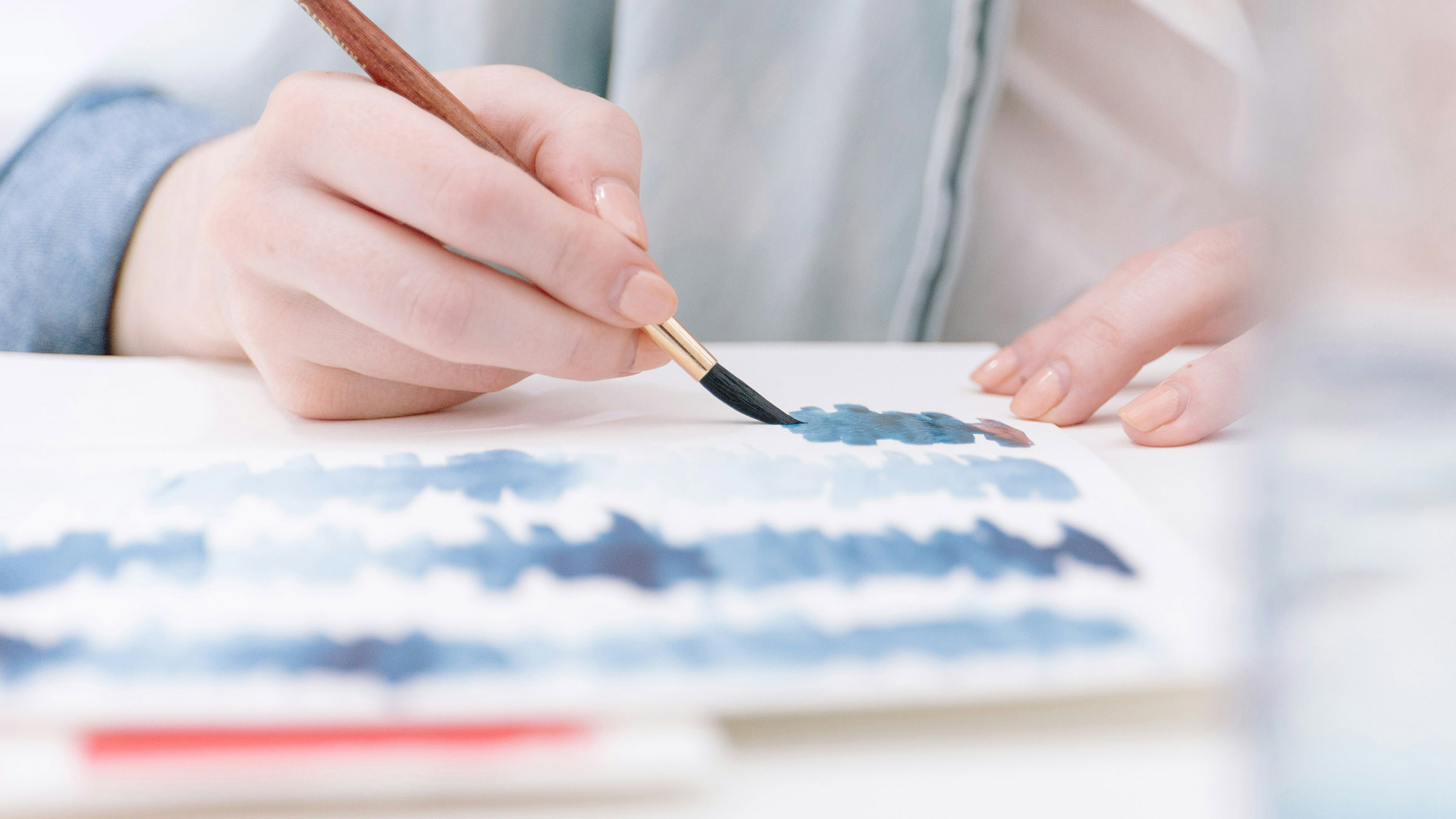


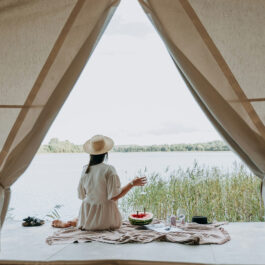

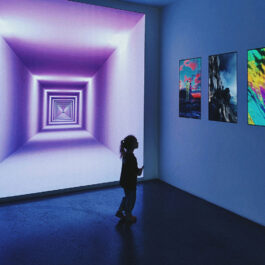


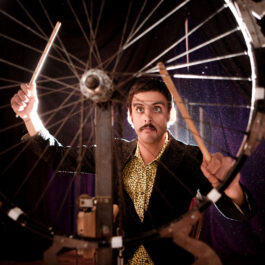
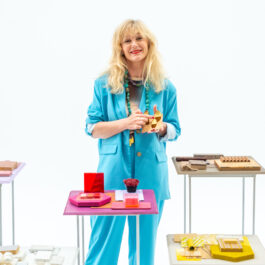
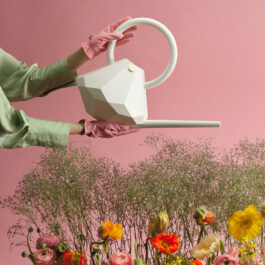
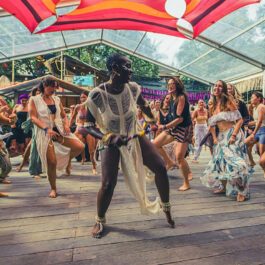

Sorry, the comment form is closed at this time.